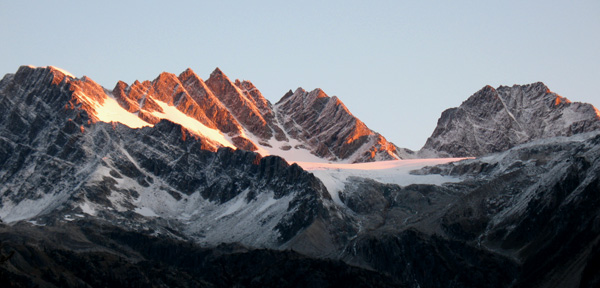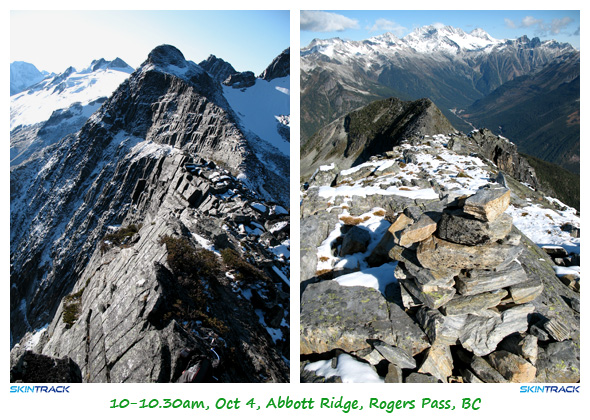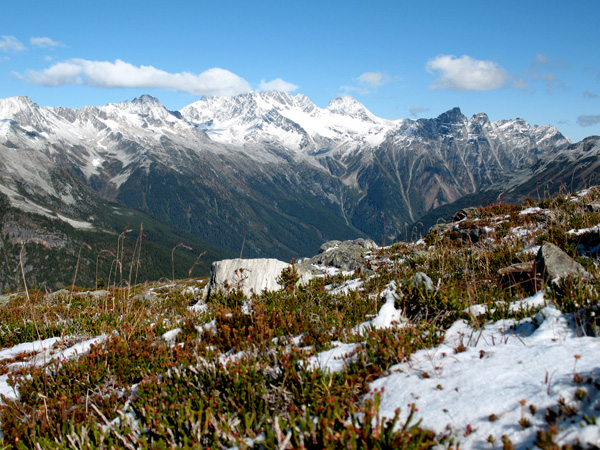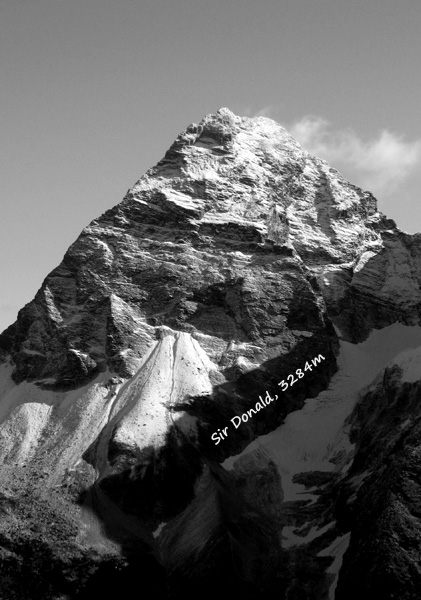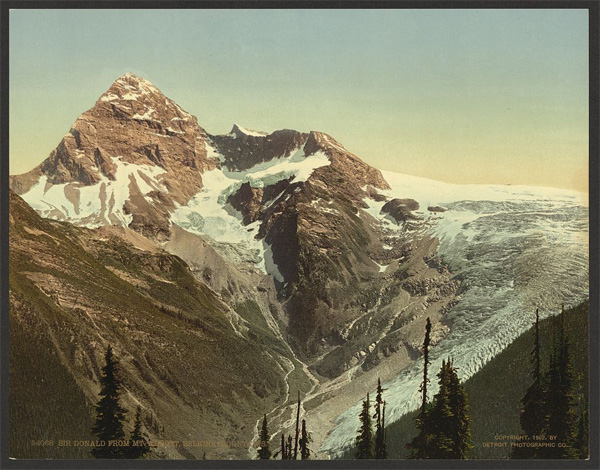As snow starts to fall down discussing trail running shoes could seem off topic but to really test a pair of shoes it takes more than two laps around a local park.
In early September I was offered to try a pair of Inov-8 Roclite 285 trail running shoes. Firstly, I never heard of Inov-8, and secondly, the shoes looked like trail runners on a serious weight-loss diet.
I decided to give them a go since I never ran such a minimalist shoe, never mind in the woods.
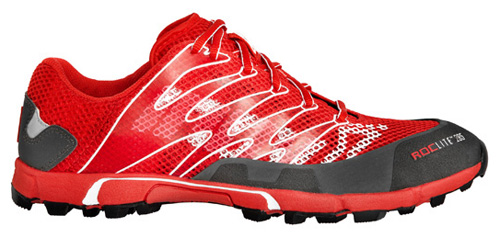
Usual descriptions and claims
This is a review of my experience and of what I think based on that.
To read the usual official facts and claims you can do so here:
- Inov-8 website
- Zappos
- Backcountry.com (click on “Inov 8” under brands filter to see other Inov-8 shoes as they don’t seem to carry the Roclite 285 at the moment)
Going half-size smaller
For the Roclite 285 shoes I chose them half-size smaller than I usually wear because I worried they would be little too big once they give in after some use.
Now, after running them for couple of weeks I am happy with that choice.
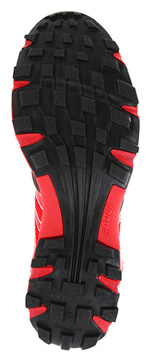 New running experience
New running experience
In the past couple of years much has been made of fore-foot running or no support shoes that promote such technique. Even though that made me think about my technique and made me read some research on the new “silver bullet” I still consider the whole thing to be more of a marketing hype than a radical shift in running knowledge.
In short, I wasn’t looking for any specific benefits when I picked up the Roclites apart from gaining a personal experience.
Fit and shoelaces
These were the first ever shoes I took running without walking them for at least couple of times. The fit was great out of the box and remains so. (They probably won’t take a very wide foot.)
Shoelaces on the Inov-8 Roclite 285 are nicely thick, therefore, they were not cutting into my foot through the very minimal upper mesh (as some thin shoelaces do) and they kept my foot in place in all conditions.
First runs – getting use to things
Right away it was obvious I will have to adjust my technique since there is not much cushioning on these. I have never run a very long stride or never been much of a heel striker but the Roclites were making me run with even shorter stride and much more on my toes than I was used to.
You can look at this in two ways:
You either don’t like it because it steers you away from your habits, or you open yourself to a new experience and agree to judge later.
To not change things drastically (to avoid any unwanted aches or injury) my first 3 sessions with the Roclites were only between 45-60 minutes couple days apart. I did other sports and running in my other shoes in between.
By about the third session I started to appreciate the new feeling. Not only was it a higher frequency the shoes made me run but I could also feel different leg muscles getting used more than before.
Longer runs
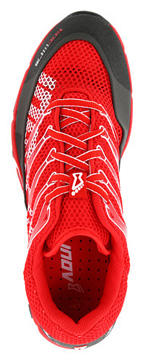 Since I like to ease into things I didn’t take the Roclites for my 1.5h+ runs until I felt comfortable that I figured out the best style for such minimalistic shoes.
Since I like to ease into things I didn’t take the Roclites for my 1.5h+ runs until I felt comfortable that I figured out the best style for such minimalistic shoes.
By now, I have run 3 sessions between 1.5 and 2 hours in them. I did those on trails with lots of up-and-down, some for mountain biking. My feet and leg muscles felt good but I noticed my lower calf was sorer (more tired) the next day than compared to other times.
I guess pure fore-foot running engages that part quite a bit more and requires longer time to get used to.
Smooth vs Rocks and Dry vs Wet + Overall grip
I would recommend the Roclite 285s for smoother trails and in drier conditions. They handle rocks nicely too but if they are very sharp then I found it a bit painful over longer continuous rocky sections.
The shoes breathe very well thanks to their airy all-around mesh. In warmer months this is a great benefit, and during wet periods it means they will let water in much easier.
Overall grip is great in all conditions; even in those the upper mesh is not really built for (wet, mud, sharp rocks).
Blisters
No issues at all.
Bottom line: It’s good to vary your technique – Roclite helps with that
So what do I think about the Inov-8 Roclite 285 overall?
I am glad that I got the experience trying them. They convinced me that even if I don’t want to run a minimalistic shoe all the time there is a place for them in my shoe box. To have a different running experience even on the same trails I can just engage different muscles.

And I bet that thanks to their light weight and good grip these would be ideal for up to 1-1.5h trail races in all conditions, unless very rocky or very wet.
The Roclite shoes were built for a specific purpose and I think they are very good at that.
If you are looking for one-does-it-all shoe then you need to take a look at other Inov-8 shoes. Which actually the Roclites make me want to do.


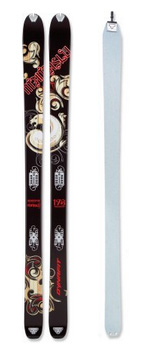
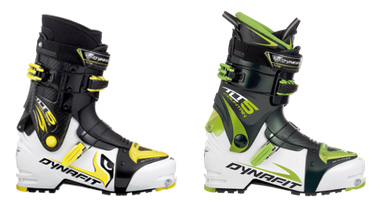
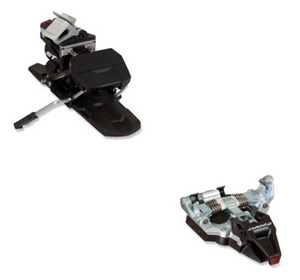
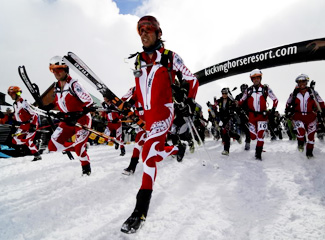 The official name for the event will likely be “The Dogtooth Dash- 2013 Continental Ski-Mo Championships” but some details are still in the works.
The official name for the event will likely be “The Dogtooth Dash- 2013 Continental Ski-Mo Championships” but some details are still in the works.